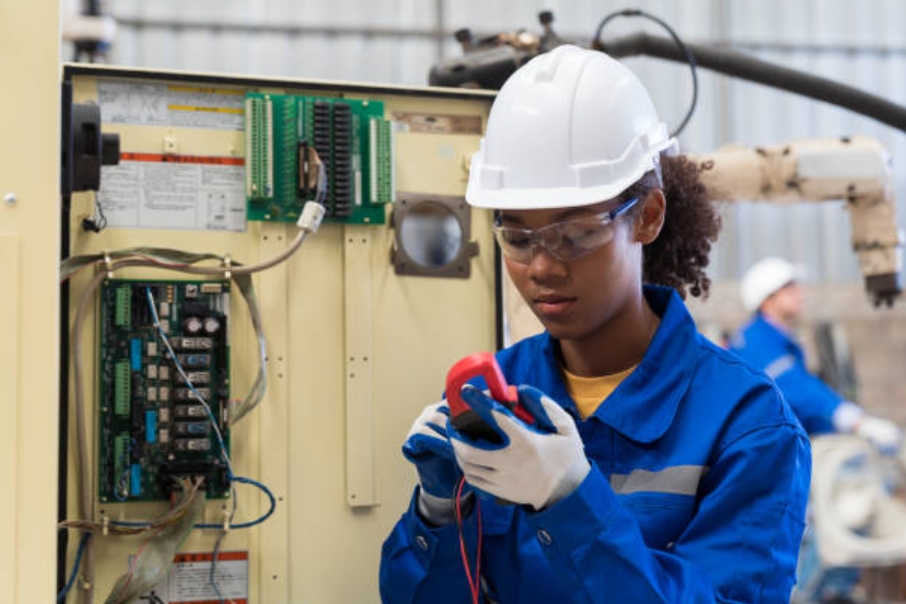
In the modern world, electricity powers nearly every aspect of our lives, from powering our homes to fueling our workplaces. However, with great power comes great responsibility, and it’s crucial to know how to handle electrical issues safely. Quick action in the face of electrical emergencies can prevent accidents, injuries, and even fatalities. In this guide, we’ll explore the best practices for dealing with electrical issues until professional help arrives, ensuring your safety and the safety of those around you.
Understanding Electrical Hazards
Electricity, while indispensable, poses significant hazards if not managed properly. Common electrical dangers include electric shock, fire, and damage to appliances. These hazards can arise due to various factors, including faulty wiring, overloaded circuits, or damaged appliances. A qualified electrician can identify and address these issues, ensuring the safety and integrity of your electrical systems.
Safety Precautions
When dealing with electrical issues, safety should always be the top priority. Proper safety equipment, such as insulated gloves and goggles, can protect you from electric shock and other hazards. Additionally, always remember to turn off the power source before attempting any troubleshooting. Never underestimate the danger of water near electrical sources, and always exercise caution when handling exposed wires.
How to Handle Electrical Hazards Until Help Arrives
Handling electrical hazards until help arrives requires a calm and methodical approach to ensure your safety and the safety of those around you. Here’s a step-by-step guide on how to handle electrical hazards until professional assistance arrives:
1. Assess the Situation:
The first step in dealing with electrical hazards is to assess the situation calmly and objectively. Determine the severity of the issue and whether there is an immediate risk of electric shock, fire, or other dangers. Look for any signs of smoke, sparks, or unusual smells, which may indicate a more serious problem.
2. Turn Off Power:
If it’s safe to do so, immediately turn off the power supply to the affected area or appliance. This can help prevent further damage and reduce the risk of injury. Locate the circuit breaker panel and switch off the circuit corresponding to the affected area. If you’re unsure how to do this safely, it’s best to wait for a qualified electrician to arrive.
3. Identify the Problem:
Once the power is off, try to identify the root cause of the electrical hazard. Look for any visible signs of damage, such as frayed wires, exposed terminals, or overloaded outlets. Check for tripped circuit breakers or blown fuses, which may indicate an electrical overload. If you’re not sure what’s causing the issue, it’s best to leave it to the professionals.
4. Temporary Solutions:
In some cases, you may be able to implement temporary solutions to mitigate the risk of further damage or injury. For example, you can use electrical tape to cover exposed wires or unplug overloaded appliances. However, these solutions are only temporary, and it’s essential to seek the assistance of a qualified electrician as soon as possible to address the underlying problem.
5. Evacuation:
If the situation escalates or if there is a risk of fire, evacuate the area immediately. Your safety is paramount, and it’s better to err on the side of caution in such situations. Alert others in the vicinity and ensure that everyone exits the area safely. Once outside, call emergency services and wait for help to arrive.
Throughout this process, it’s crucial to prioritise safety above all else. Never attempt to handle electrical hazards unless you are confident in your ability to do so safely. Always wait for a qualified electrician to arrive and assess the situation before attempting any repairs or interventions. By following these steps and seeking professional assistance promptly, you can effectively handle electrical hazards until help arrives.
Waiting for Help
If you’re unable to resolve the electrical issue yourself, don’t hesitate to call a qualified electrician or emergency services for assistance. Provide clear information about the problem and your location to expedite the response. Remember, professional help is always the best solution for complex electrical problems.
Conclusion
In conclusion, knowing how to handle electrical issues safely can mean the difference between life and death. By following the steps outlined in this guide and seeking professional assistance when needed, you can protect yourself and others from the dangers of electrical emergencies. Remember, safety should always be your top priority, and quick action can save lives.


